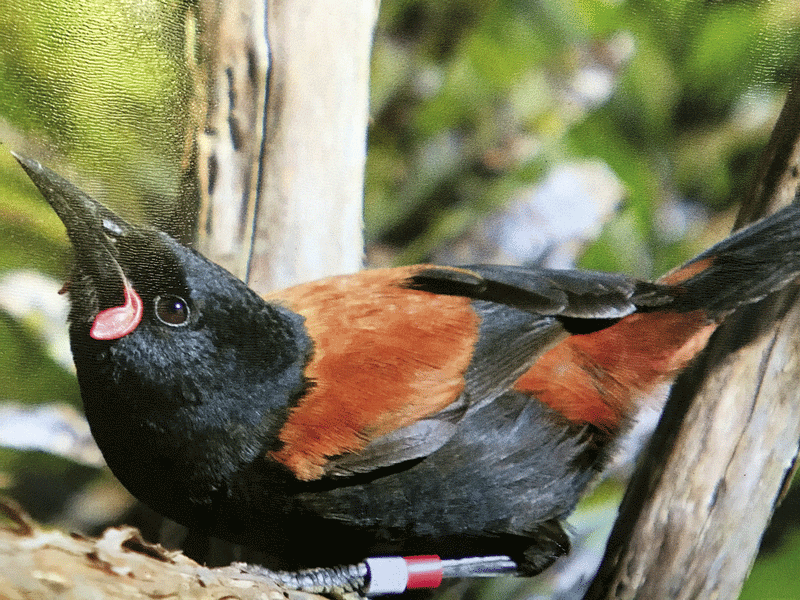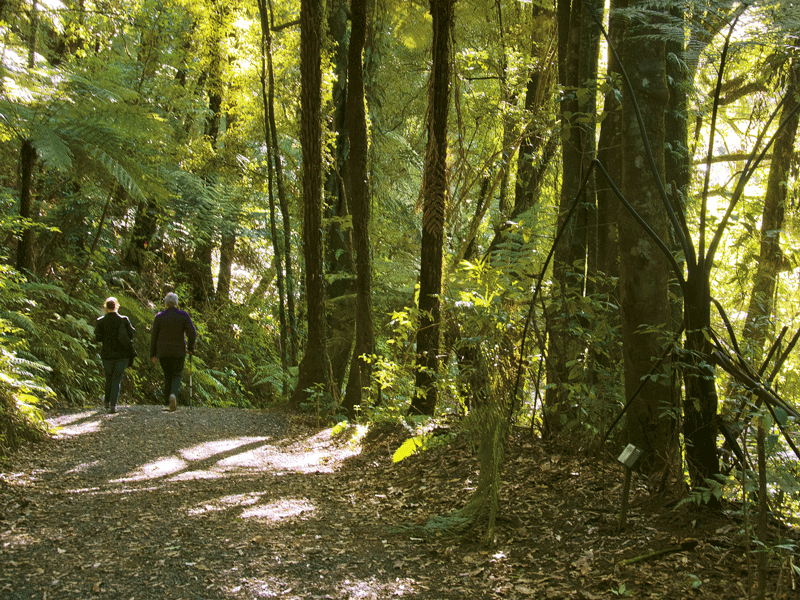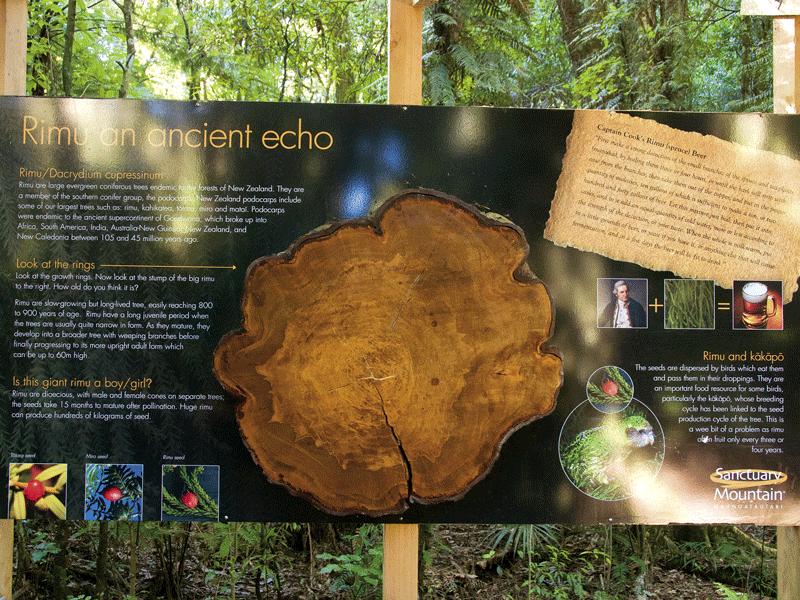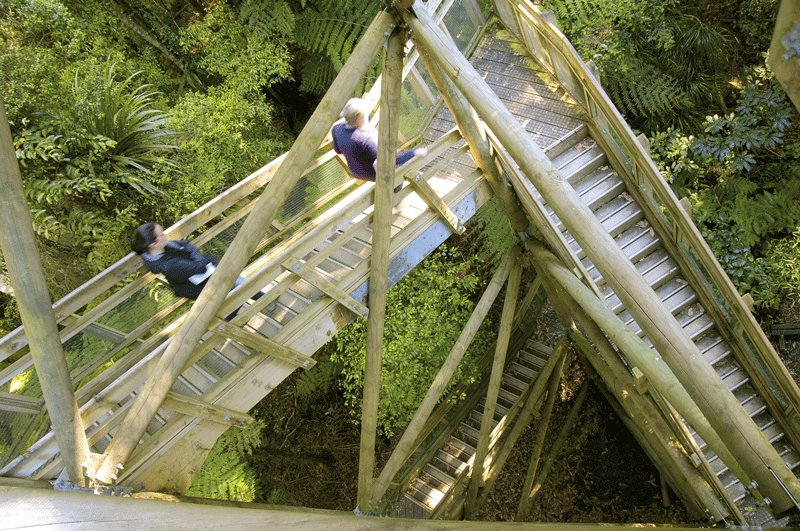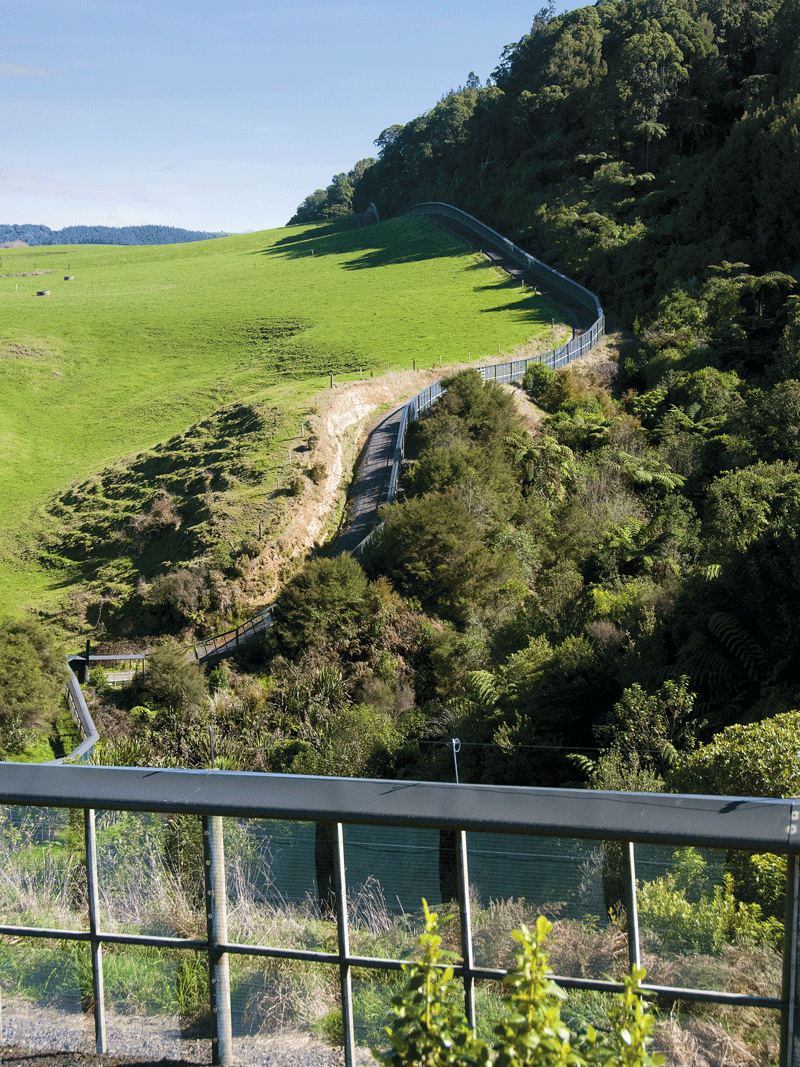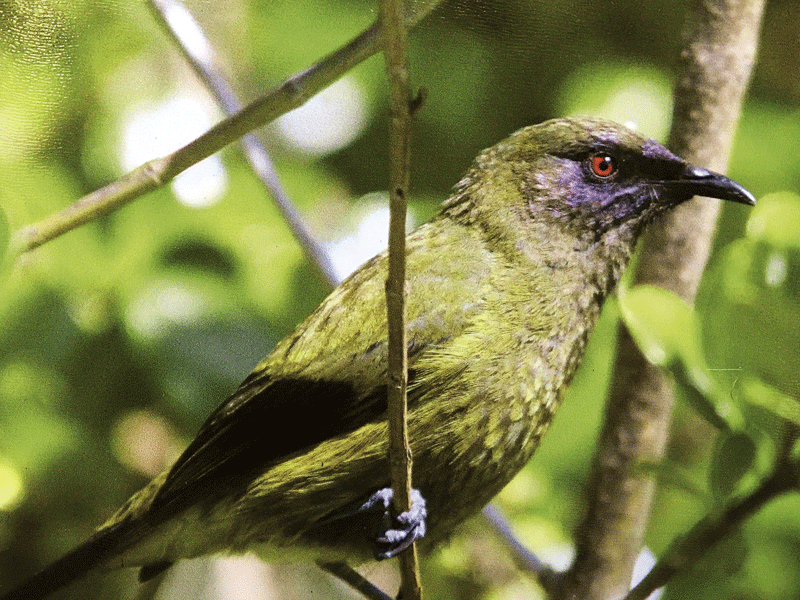In my travels I've been to some of the great barriers that man has built over the centuries. With the exception of the Berlin Wall, all the great walls and fences were built to keep invaders out.
Hadrian's Wall (122 AD) – of which there is not much left – defended the northern limit of the Roman Empire. The Great Wall of China, built in stages from the 7th Century BC to 206 BC, protected the Chinese states from marauding northern tribes.
The fences that comprise the West Australian 'rabbit proof fence' (3256 km long) also kept out emus and dingos. And now, if Donald Trump has anything to do with it, we're threatened with a 'Great American Wall'.
Diminutive by comparison – but in my mind equally as important – is the 'Great New Zealand Fence'. This remarkable 47km long barrier encloses 3400 hectares of Mt Maungatautari (aka Sanctuary Mountain) and forms an insurmountable barricade to the voracious invaders that have for so long held the forest under siege.
This Waikato project was spearheaded by local farmer, David Wallace, and his partner, Juliette Chamberlain.
In 1999 Wallace built a predator-proof fence on his property. It was so successful he was able to start a Kiwi nursery. He took the fence concept to the mountain and was able to persuade private landowners, local Maori and the Crown to agree to the idea of fencing off the whole massif
The adjoining landowners' support has been crucial in allowing the fence to be built and giving access to maintenance teams thereafter.
In 2001 the Maungatautari Ecological Island Trust Board was formed and the project began. Two test areas were fenced off to prove the feasibility of the idea and then the fencing off of the whole mountain followed.
It's stating the obvious that it wasn't an easy exercise. The barrier had to run through very steep terrain, cross 42 streams and negotiate complicated land ownership. Nonetheless, five years later it was done.
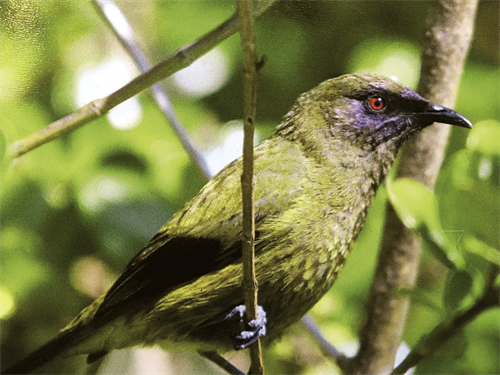
As well as research and funding, the project had involved the dedication of hundreds of extraordinary people. The finished structure contains 50,000 battens, 8500 posts, 850,000 staples and an awful lot of finely spaced steel mesh. It includes predator-proof gates that admit people and water gates that allow native fish to move freely through the blockade without letting predators sneak in.
This impressive feat of engineering has a coved lower edge, so that digging invaders are thwarted, and is topped with a guttered, steel canopy to keep climbing trespassers at bay. An electronic surveillance system operates 24/7 and, if there is a breach, a warning alarm is sent to a monitoring officer.
Tests have proved that it only takes 90 minutes for a furry invader to break through a breach, so any alert will always be checked immediately.
It takes commitment to crawl from a warm bed in the middle of the night and drive in the dark across farmland; and it takes a certain amount of sang froid to stay sane when you find it was only the branch of a fern tree that had raised the alarm. The volunteers that maintain the fence put in many hours work each month.
All this effort has ensured a wonderful result though. The whole mountain is free of hedgehogs, cats, rats, stoats, ferret, weasels, rabbits, hares, possums, deep pigs and goats. Only mice remain. Many of the threatened native birds that have been introduced are not only thriving, but also breeding.
Mt Maungatautari rises softly from the rolling carpets of Waikato dairy land that surround it. At the visitor centre, I met with guide Tali who explains that she would lead us through the Southern Enclosure and then to the Tautari Wetland to find tuatara and Takahe.
"We don't interpret the trees for visitors until we get to the bridge," Tali explains. "The owners want people to first feel the spirit of the forest."
Forest birds are often secretive. Among the giant buttresses of a pukatea tree, a slight movement alerts me to a North Island robin, one of the 80 that were translocated here. Up ahead, bellbirds sound their three-note chime.
A male tomtit in his dinner-suit livery flits through the undergrowth like a sprite and a fantail pirouettes around us so prettily I could swear it's flirting.
As we rest in a clearing we hear the 'wump wump' of several kereru in flight. Then four kaka settle onto the branches above our heads and noisily attend to their feathers.
"There's a flock of about 20 kaka here now," says Tali.
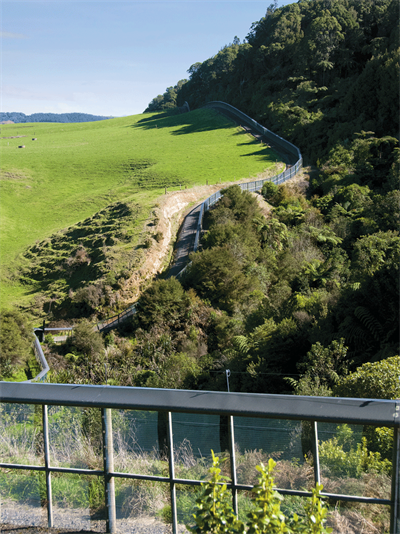
Kiwi, kaka, kokako, takahe, stitchbird and saddlebacks have all been introduced to the sanctuary and are thriving.
A kakariki population is currently being established.
The numbers of naturally occurring fantail, grey warbler, swallows, morepork, kereru, tui and tomtits are increasing too. New Zealand falcon have also been spotted practicing their aerobatics around the mountain heights.
There are 75 known kiwi on the mountain and another 41 have been exported to other sanctuaries. Native geckos have spontaneously reappeared and 100 giant weta (mahoenui) have also been introduced. I know the latter creatures aren't to everybody's liking, but I'd like to have found one. They are the largest and heaviest insects in the world and have remained unchanged for the last 190 million years.
In the Tautari Wetland area, 20 tuatara – the last species of a very ancient reptile order that was around at least 200 million years ago – have been released and are now breeding (albeit very slowly). They can only reproduce about every four years. For some reason they're not socialising today but Tali finds several of their burrows.
A pair of takahe has also taken up residence in the wetland and have reared two chicks over the last two seasons. The oldest one has just been sent off to boost the gene pool of the South Island population. There is a small lake in the wetland area and flitting across its surface were so many fantails, they looked like a cloud of mosquitoes.
I became a committed conservationist a long time ago when I lived in some wild parts of Africa. Back then I saw the future of wildlife through rose-coloured glasses. I firmly believed that everyone would see sense and things would improve; instead they've steadily worsened.
Saving environments and the amazing creatures with which we share this planet has become so desperate it feels like spitting into a fire. But I think we can hold our heads high in New Zealand.
There are many dedicated groups of people doing battle and our island sanctuaries and mainland 'island' sanctuaries are quoted around the world as beacons of hope.
Mt Maungataturi is one of our greatest triumphs.
Further information
• There are several walking tracks through the sanctuary, varying from 30 minutes in length to several hours. The southern enclosure has some excellent interpretive boards.
• Bookings, information and refreshments are available on site at the Manu Tioriori Visitor Centre, at the end of Tari Road, Pukeatua. Ph 07 870 5180
• There are reasonable charges for guided tours and for exploring the sanctuary on your own. These funds help support the sanctuary's ongoing survival.
• Night walks, guided or unguided, are available.
• Access to Tautari Wetland is only permitted on guided tours.
• CSC vehicles can stay overnight in the car park.
• RVs can find hard stands and power at Out in the Styx Guest House, just down the road in Pukeatua, ph 0800 461 559.

